10 Surprising Ways Alligators Revive Florida’s Everglades
In the Florida Everglades, alligators do more than survive—they shape the place. Their daily routines leave behind deep pools, nesting sites, and new paths through the marsh. These changes help fish, birds, and countless other species weather the toughest seasons. Nearly everything here feels their impact, even if it’s not obvious at first glance.
Building Lifesaving Gator Holes
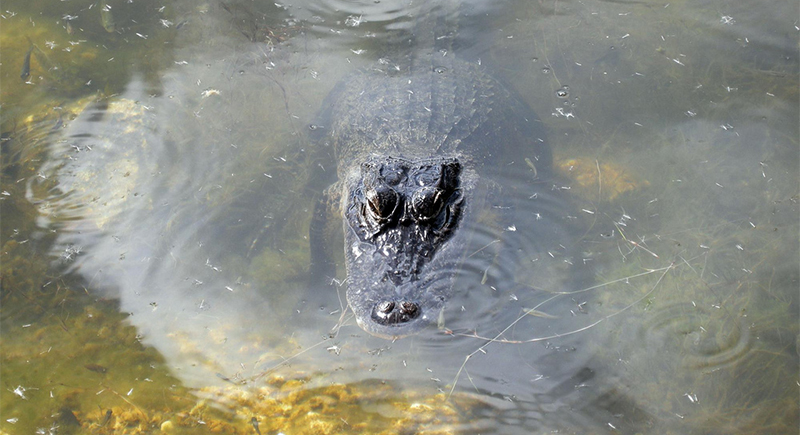
Credit: Wikimedia Commons
During dry months, alligators use their snouts and tails to carve out deep ponds. Fish, frogs, and insects quickly gather in these man‑made pockets to create mini oases. Biologists note that these holes support entire food webs when the surrounding marshland turns bone dry.
Protecting Bird Nests From Predators
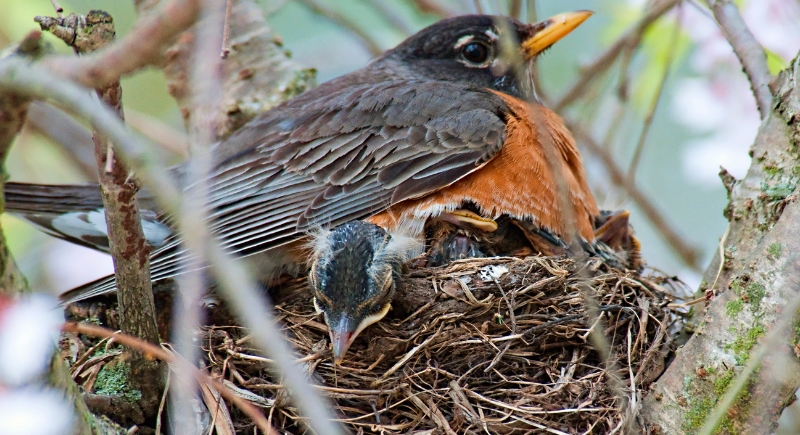
Credit: Getty Images
Raccoons and other nest raiders think twice before creeping close. Scientists studying these rookeries have documented higher chick survival rates near alligators. While the reptiles occasionally snag a fallen chick, the trade‑off is worth it. Without these natural “bodyguards,” many colonies would lose far more eggs and young to hungry mammals.
Transporting Nutrients Across Wetlands
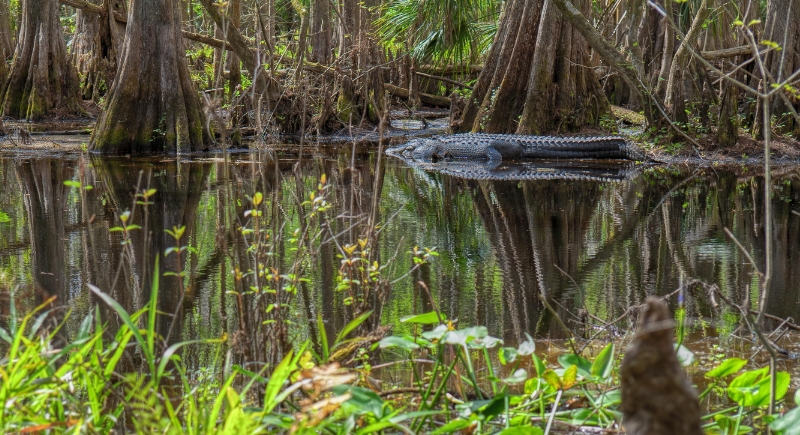
Credit: pexels
Some alligators roam far beyond their ponds, traveling miles between rivers, marshes, and saltwater bays. As they move, they spread nutrients through their waste. Studies from Florida Coastal Everglades researchers show that this wandering behavior fertilizes new areas and boosts plants and algae.
Shaping Plant Communities On Dry Mounds
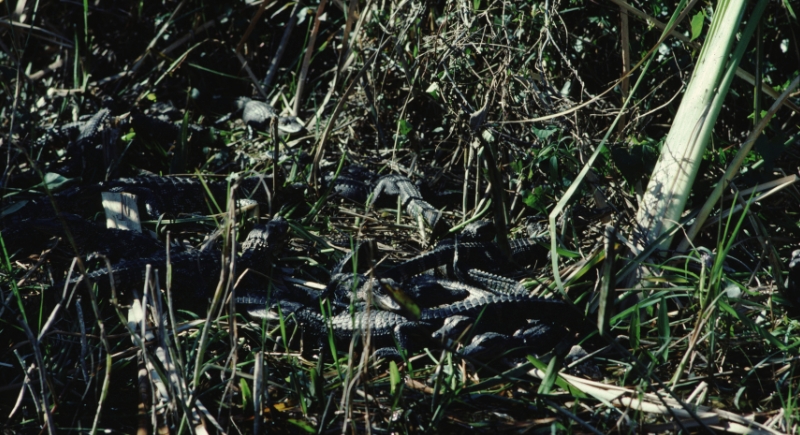
Credit: Getty Images
When alligators build nests, they pile mud, reeds, and twigs into raised platforms. Over time, those plants stabilize the soil and draw in insects and reptiles. These nest mounds become little islands of life by changing the look and makeup of the wetland year after year.
Creating Underwater Hideouts
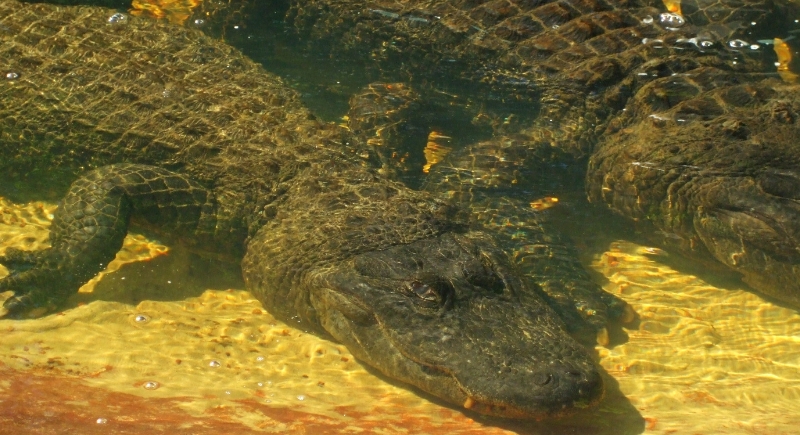
Credit: Getty Images
In deeper gator holes, alligators burrow out small caverns under the waterline. Researchers exploring these spaces with cameras found fish hiding there during harsh dry spells. Juvenile bass, catfish, and amphibians use these hideouts as safe zones.
Acting As Seasonal Trailblazers
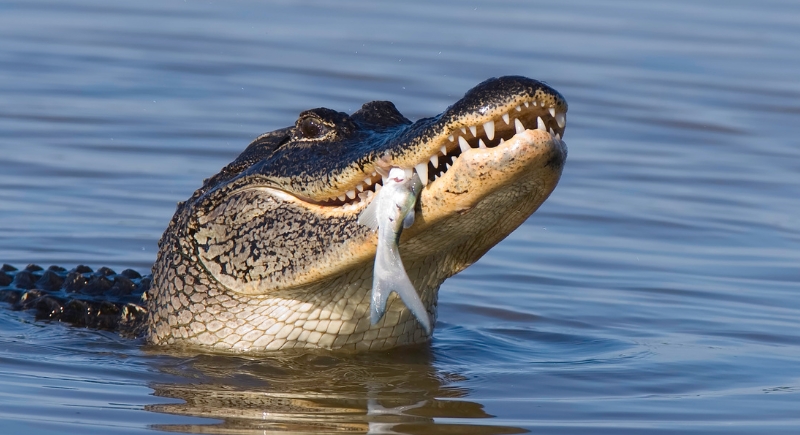
Credit: Getty Images
Tracking devices have revealed that some male alligators take long seasonal journeys to follow food sources or better water conditions. These “commuters” carve natural channels and stir up sediment as they pass through. Their movements open paths for other wildlife and even aid seed dispersal.
Boosting Algae And Food Chains
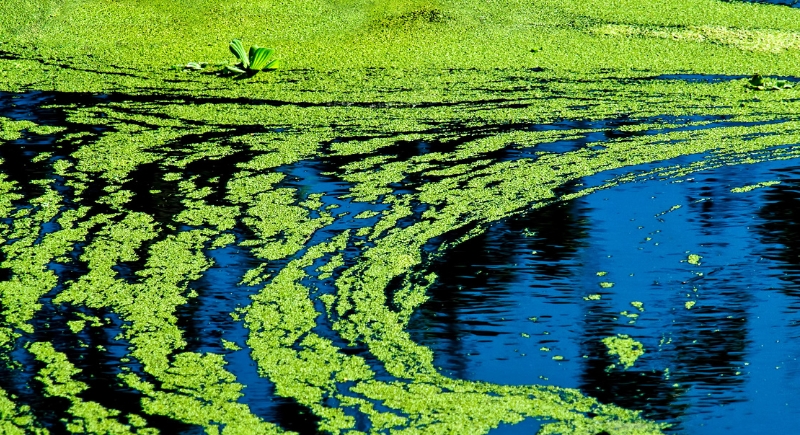
Credit: Getty Images
When alligators stir the bottoms of ponds, they release trapped nutrients. Those nutrients feed algae, which form the base of the wetland food chain. Field studies have linked ponds with active alligators to higher densities of insects, snails, and fish.
Helping Carbon Stay Locked In Soil
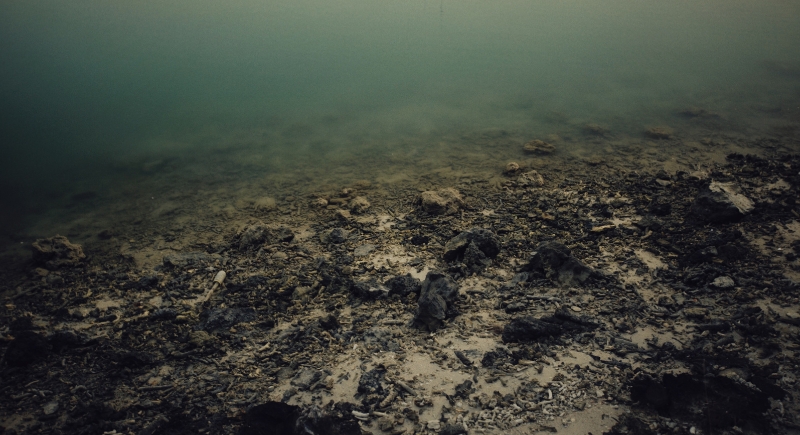
Credit: pexels
Research teams sampling Louisiana wetlands discovered that areas with dense alligator populations store more carbon in their soils. Distinguishing sediment in ways that encourage plant growth and slow decay helps keep carbon from escaping as greenhouse gas.
Teaching Generations To Coexist
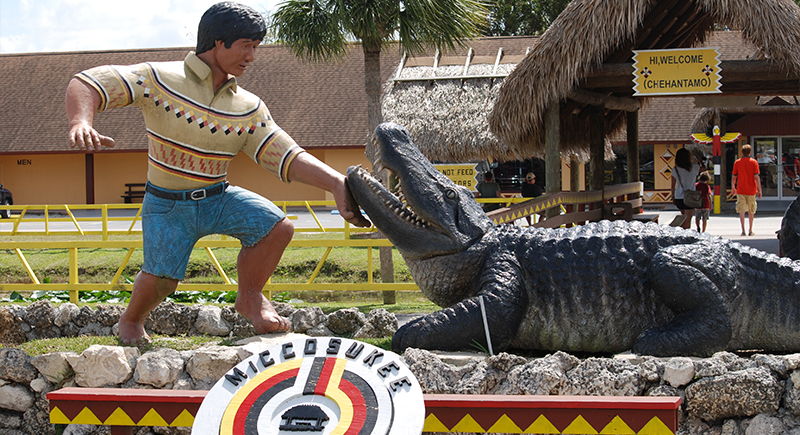
Credit: Wikimedia Commons
Miccosukee families in Florida have long shared their tree‑covered islands with resident alligators. Children grow up learning to watch water edges, give nests distance, and treat the animals as partners rather than pests. This culture of coexistence reduces conflict and allows alligators to keep shaping wetlands.
Serving As Indicators Of Wetland Health
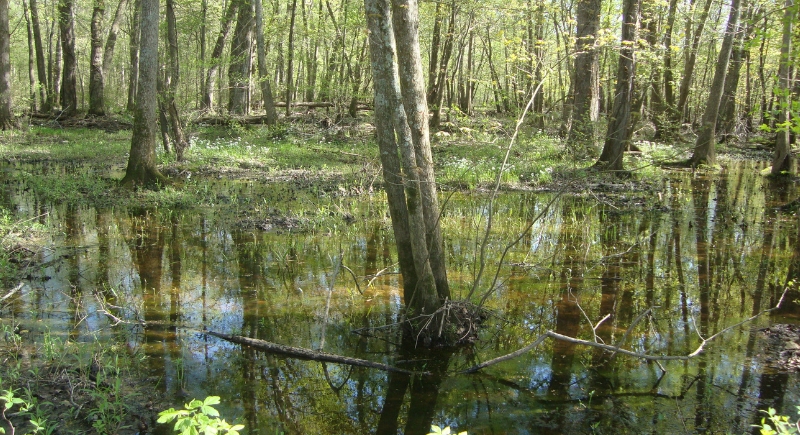
Credit: Getty Images
Biologists track alligator nesting success and movement to gauge ecosystem changes. A decline in active nests often signals water mismanagement or pollution. When nests are plentiful and gator holes teem with fish, it means conditions are stable. Managers use these cues to adjust restoration efforts.
Encouraging Fish Diversity
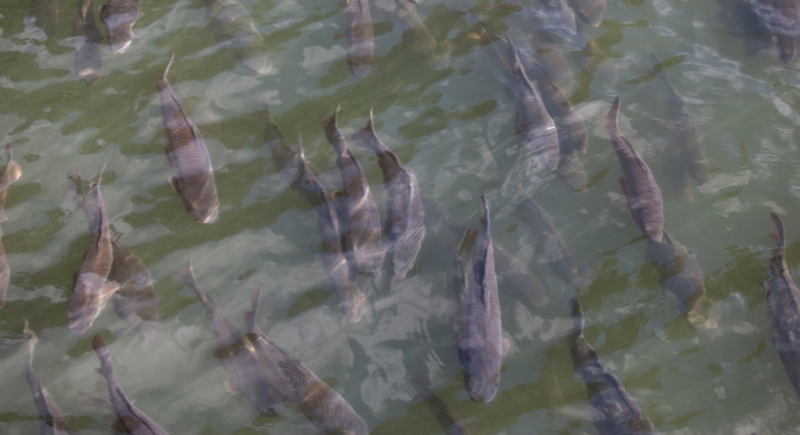
Credit: Getty Images
Different ponds dug by different alligators vary in size, depth, and location. That variation supports a mix of fish species rather than a single dominant one. Some ponds shelter bass, others sunfish or gar. This patchwork of habitats keeps populations healthier.
Rescuing Eggs During Harsh Seasons
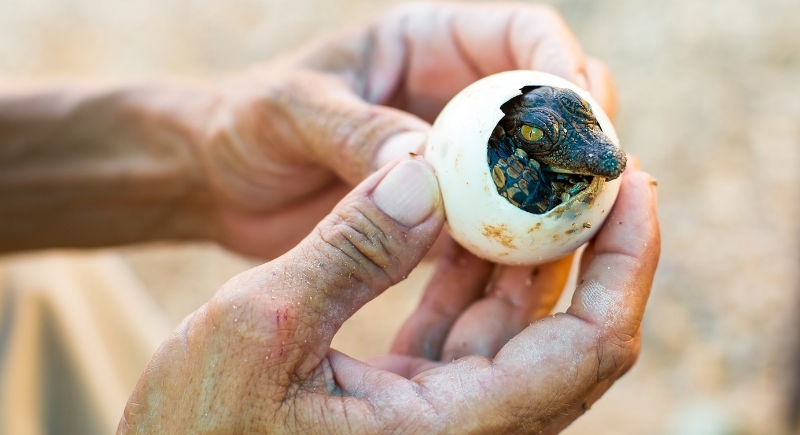
Credit: Getty Images
In years when sudden cold snaps or rising waters threaten eggs, members of the Miccosukee Tribe and wildlife staff often collect and incubate them. This practice, known as head‑starting, lets hatchlings grow safely until they are strong enough for release. Those rescued youngsters eventually return to the wild ponds.
Surviving In Urban Odd Spots
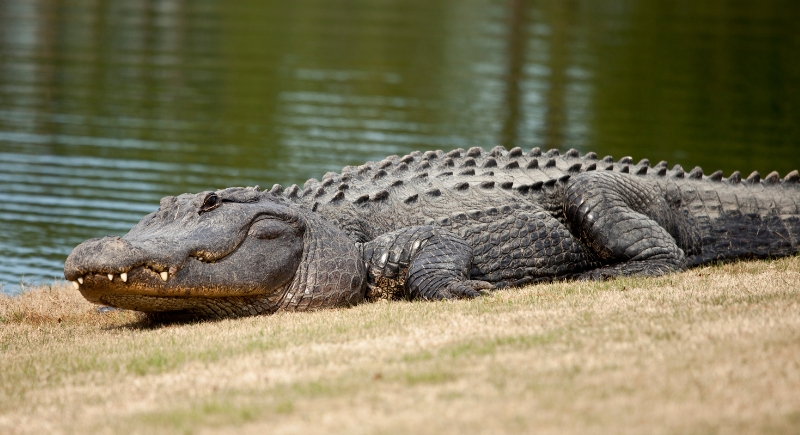
Credit: Getty Images
Modern alligators have adapted to life near golf courses, canals, and even storm drains. Their presence in these areas shows their flexibility, and they maintain ecological roles even in altered landscapes. By digging ponds or controlling small mammal populations, they help nearby wetlands remain functional.
Changing How People View Predators
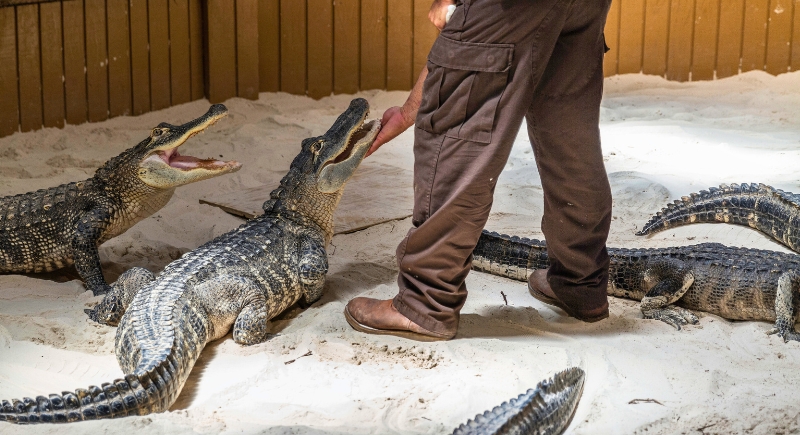
Credit: iStockphoto
Once feared as nothing but dangerous predators, alligators are now recognized as valuable ecosystem engineers. Documentaries, field studies, and local stories have reshaped their image as they now inspire support for wetland conservation. This shift in perception leads to a better understanding that these ancient reptiles keep the Everglades alive in unexpected ways.